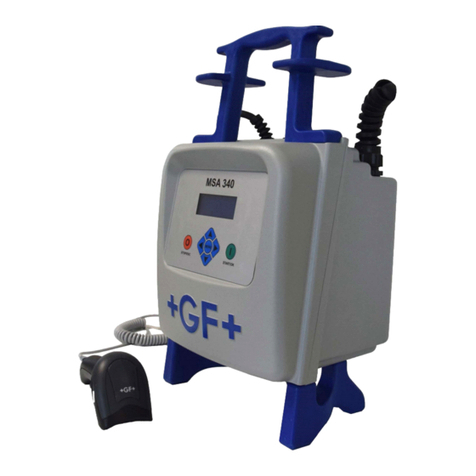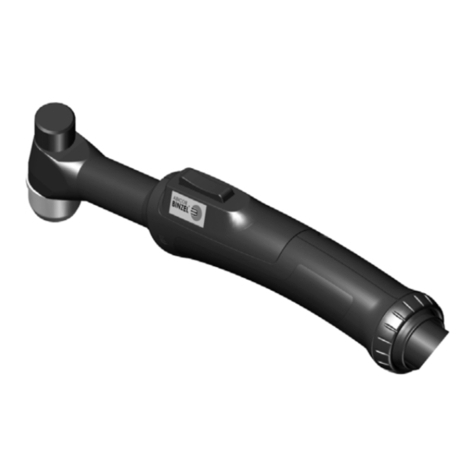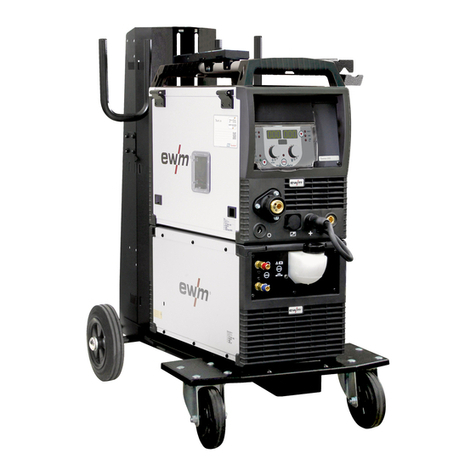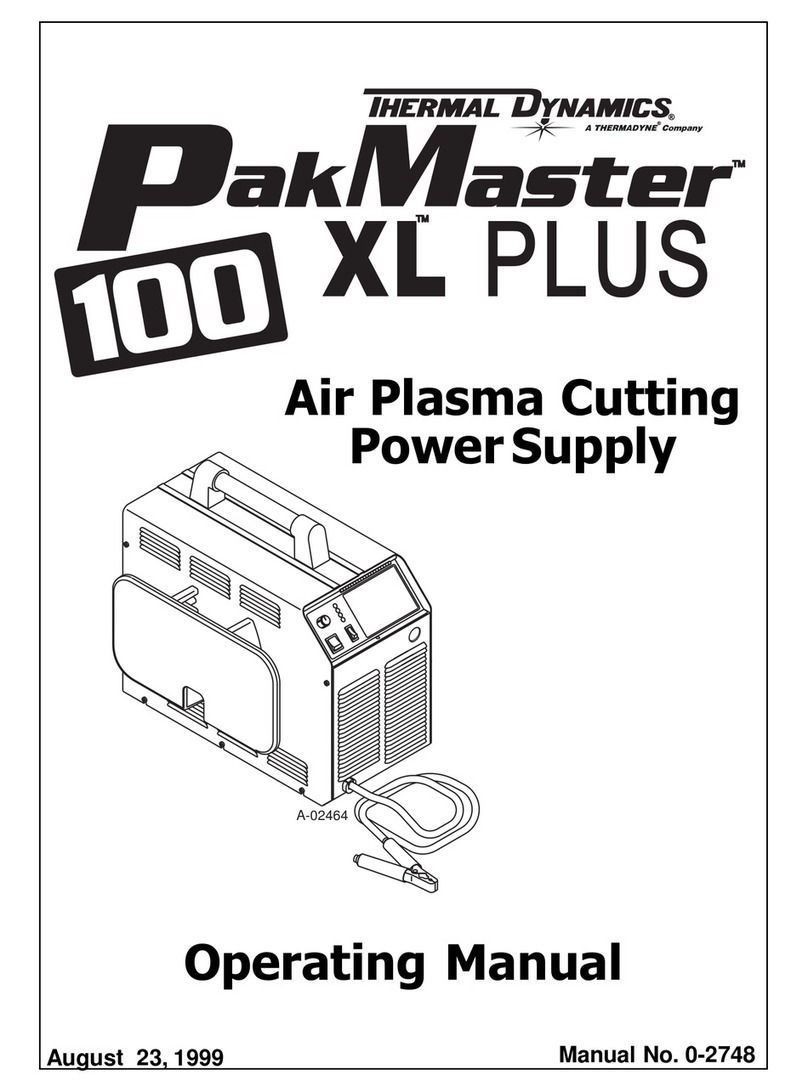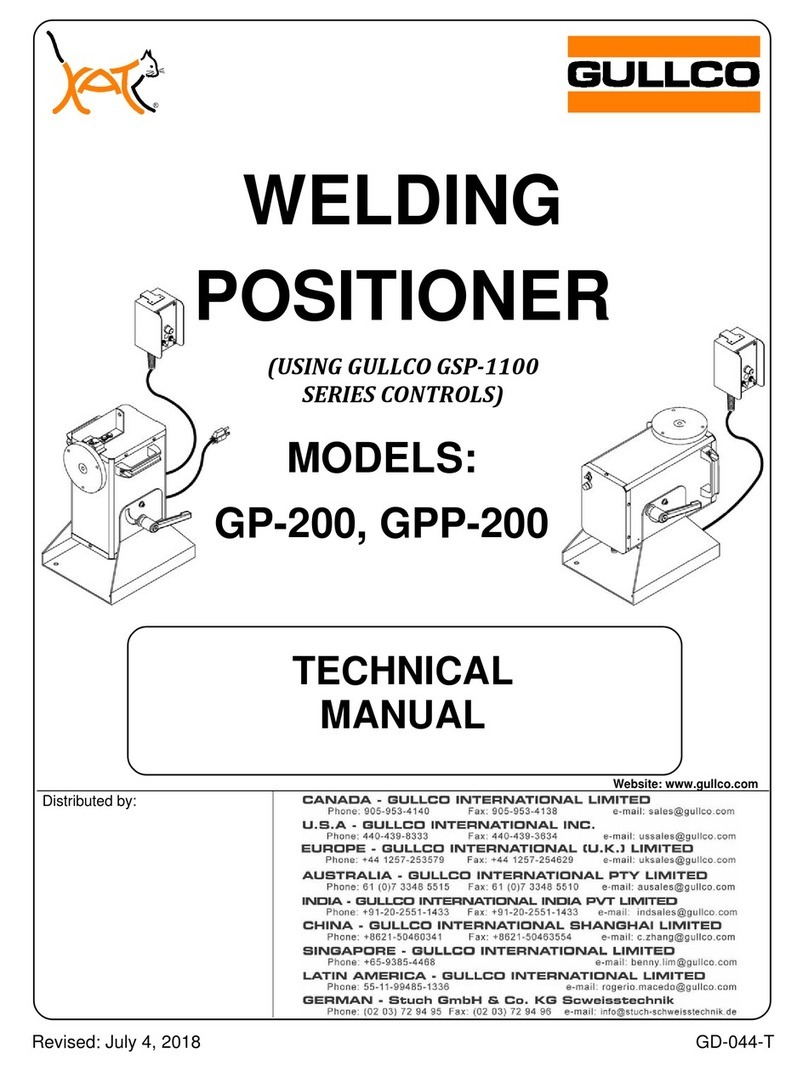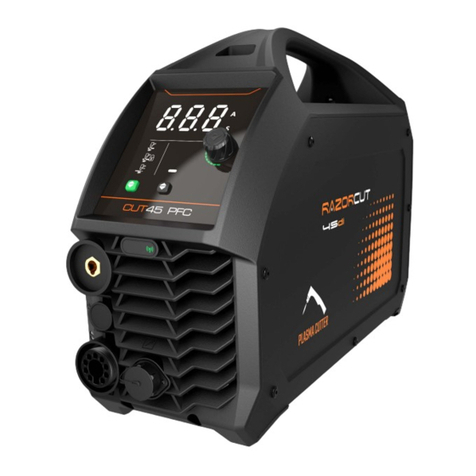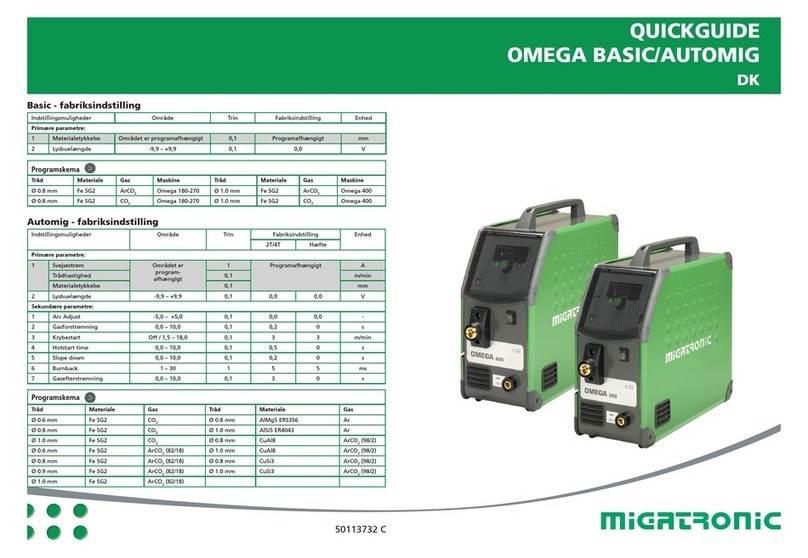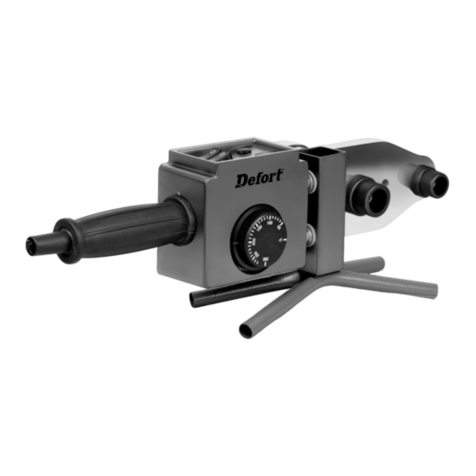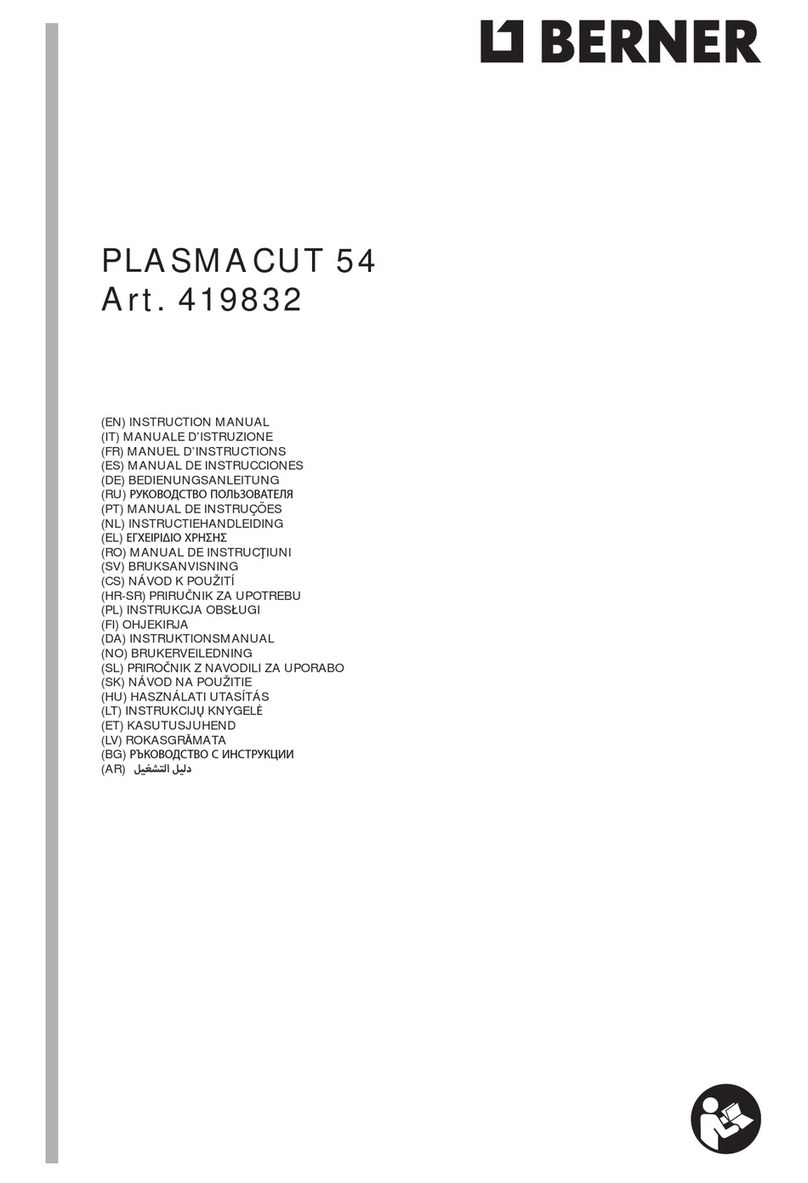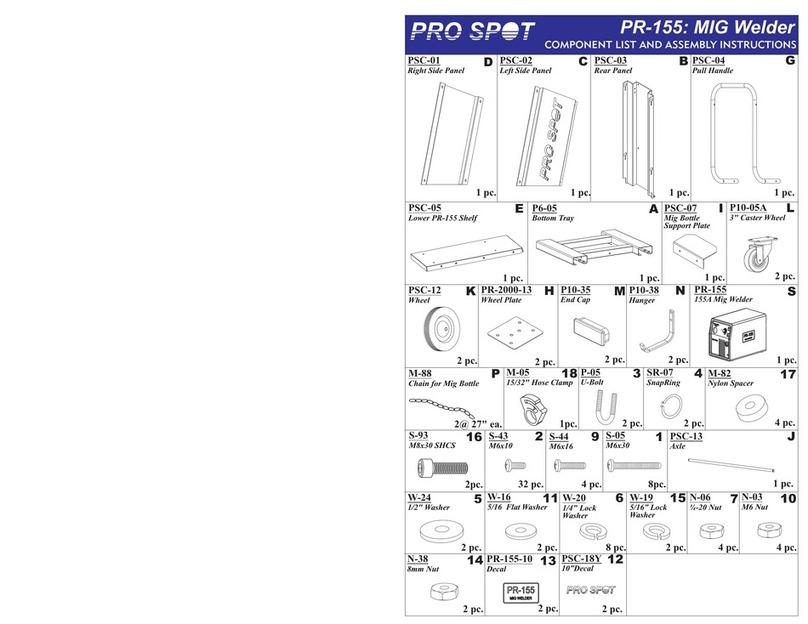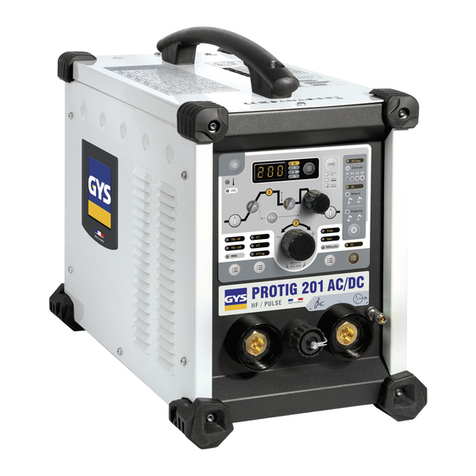
1
TABLE OF CONTENTS
SAFETY INSTRUCTIONS............................................................................................................................2
SAFETY PRECAUTIONS.............................................................................................................................3
PIPE KAT® SYSTEM COMPONENTS .........................................................................................................4
GENERAL DESCRIPTION...........................................................................................................................5
PIPE BAND...................................................................................................................................................6
PIPE BAND SIZING..................................................................................................................................6
MOUNTING PIPE BAND (TRACK) ON THE PIPE...................................................................................7
MOUNTING THE CARRIAGE ON THE PIPE BAND (TRACK) ...............................................................8
CARRIAGE UMBILICAL..............................................................................................................................9
REMOTE PENDANT ..................................................................................................................................11
PIPE KAT®CARRIAGE..............................................................................................................................13
MAIN CONTROL BOX OPERATION.........................................................................................................16
FRONT PANEL.......................................................................................................................................16
LEFT SIDE PANEL .................................................................................................................................17
RIGHT SIDE PANEL...............................................................................................................................18
CARRIAGE OSCILLATOR CONTROL......................................................................................................19
OSCILLATOR CONTROL PROGRAMMING..........................................................................................20
GENERAL PROGRAMMING MODE......................................................................................................22
ADVANCED PROGRAMMING MODE ...................................................................................................25
PIPE KAT®OSCILLATOR CONTROL ERROR CODES........................................................................27
OSCILLATOR CONTROL FACTORY DEFAULTS.................................................................................29
CARRIAGE CONTROL..............................................................................................................................30
CARRIAGE CONTROL PROGRAMMING..............................................................................................34
GENERAL PROGRAMMING MODE......................................................................................................35
ADVANCED PROGRAMMING MODE ...................................................................................................36
PIPE KAT®CARRIAGE CONTROL ERROR CODES............................................................................39
CARRIAGE CONTROL FACTORY DEFAULTS.....................................................................................41
AUTOMATIC CYCLE OPERATION...........................................................................................................43
AUTOMATIC CYCLE SEQUENCE OF EVENTS.......................................................................................44
OPTIONAL EQUIPMENT...........................................................................................................................46

